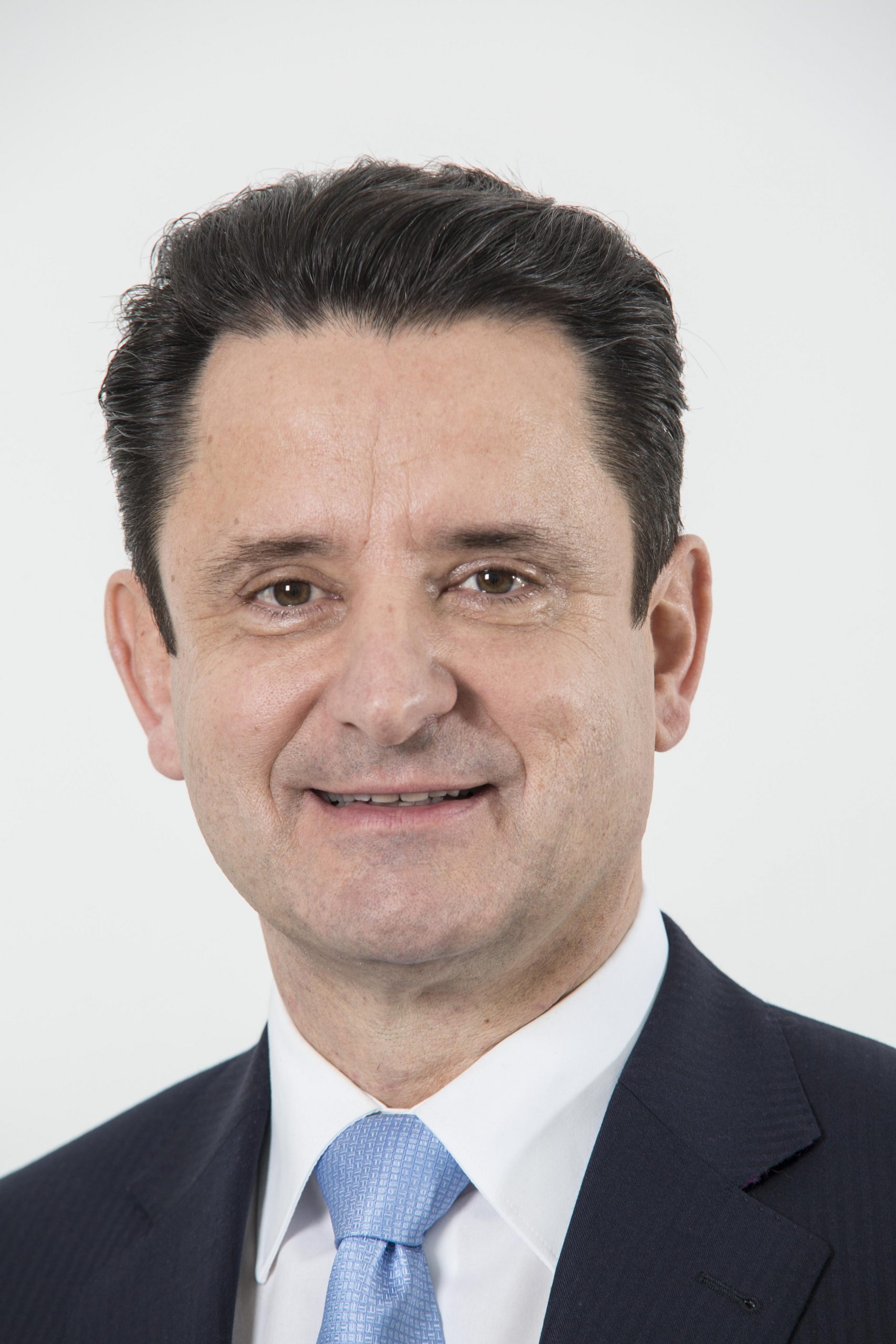The Biggest Pension Policy Challenge Faced by Latin America and the Caribbean Is Low Coverage of Formal Pension Systems
| By Fórmate a Fondo | 0 Comentarios

The biggest pension policy challengefaced by most countries in Latin America and the Caribbean (LAC) today is low coverage of formal pension systems, both in terms of the proportion of workers participating in pension schemes and the proportion of the elderly receiving some kind of pension income. Efforts to close the coverage gap, for example, through non-contributory pensions, are therefore at the heart of the pension policy debate in the region. However, these policies might pose significant fiscal challenges in the next decades as the population ages.
The OECD, the World Bank and IDB have published “Pensions at a Glance: Latin America and the Caribbean” and the key findings show active coverage is low, the type of employment is key, older people will have to rely on incomes from other than contributory pensions. The conclusion is that workers should be integrated into the contributory systems to boost pension savings and ensure pension adequacy.
Active coverage, i.e. contribution payments of workers to mandatory pension schemes, is low in LAC countries.On average in the region, only 45 in 100 workers are contributing to or affiliated with a pension scheme, a share that has not changed much in the last decades, despite significant structural pension reforms. However, some countries have expanded the share of individuals aged 65 or older receiving pension benefits, mostly by means of non-contributory pensions and special regimes for the self-employed.
The low level of contributions to pension schemes reflects a series of socioeconomic characteristics, notably education, gender and income. Educational attainment has a significant impact on the likelihood of contributing to pension systems: more educated workers are more likely to contribute than less educated workers. Gender is also important as the average labour force participation rate for women in LAC is 56% compared with 83% for men. The gender gap ranges from 20% in Bolivia, Chile, Jamaica, and Uruguay to 40% in Guatemala, Honduras and Mexico. Finally, income differences between households also have an important impact. Workers in the highest quintile of the income distribution have relatively high rates of contribution, while low-income workers rarely contribute to pension schemes. Only 20 to 40% of the middle-income workers contribute to pension schemes, making them particularly vulnerable to old age poverty risks.
A key determinant of pension coverage in LAC is the type of employment. On average, 64 out of 100 salaried workers contribute to a pension scheme in LAC compared to only 17 out of 100 self-employed workers. The size of the firm also matters. In big firms with over 50 workers, 71% of salaried workers contribute, compared with 51% in medium-sized firms (with 6 to 50 workers) and 24% in small ones (with fewer than six workers). Frequent transitions between formality, informality and inactivity generate very significant contribution gaps in workers’ careers in LAC, which will put the adequacy of future retirement incomes at risk. In almost all systems, incomplete contribution histories result in lower pension entitlements, or even ineligibility, which means that both the size of these contribution gaps and their distribution over time need to be examined.
A large share of older people in LAC will have to rely on other sources of income than contributory pensions, such as work income, assets such as housing, transfers, social pensions and informal family support. Household structure, an important factor for thewell-being of the elderly, shows that poorer older people are more likely to be living with afamily member. Most of the elderly poor in the region live in multi-generationalhouseholds suggesting that their welfare is closely tied to that of their family. Thelong-term trends of increased urbanisation and lower fertility will likely weaken these tiesin the future, which will make access to the formal pension system more important.
The role of social pensions in LAC is expanding and, in some countries, they are already a major element of the pension system. These programs have taken various forms with varying outcomes across countries. In terms of coverage and relative generosity, social pensions are most important in Guyana and Bolivia, followed by Venezuela and Brazil.
In sum, a two-pronged approach will be needed in order to deal with the coverage gap. It is important to increase formal labour market participation, especially for women, so that people can build future pension entitlements in their own right. To the extent possible, workers should be integrated into the contributory systems to boost pension savings and ensure pension adequacy. At the same time, the role for non-contributory (social) pensions is increasing throughout the region and can be a powerful tool for improving the economic well-being of the elderly. These programs should be assessed both from the perspectives of adequacy and financial sustainability as well as how they interact with other elements of the social protection system, including social assistance and contributory pensions.
OECD (2014), “Executive summary”, in OECD/IDB/The World Bank, Pensions at a Glance: Latin America and the Caribbean, OECD Publishing, Paris. Link to summary.
To find the publication, you may follow this link


